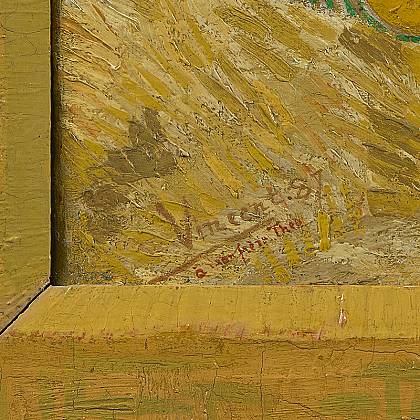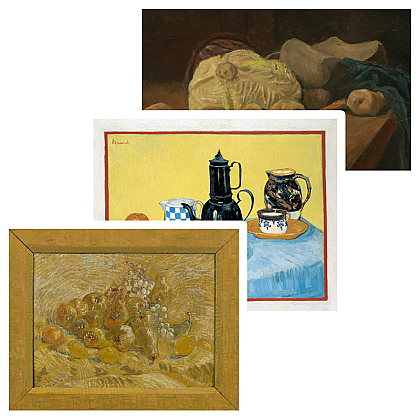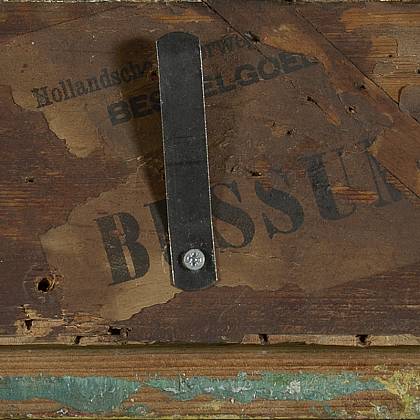Fifty shades of yellow
Quinces, Lemons, Pears and Grapes
What immediately strikes us about this fruit still life is that Van Gogh painted it in a whole spectrum of yellows (ton-sur-ton). He showed that he could make a painting with different hues of a single colour.
Even so, giving the work enough depth was a great challenge. He therefore used different colours to depict the shadows and the curved shapes of the fruit: red, green, orange, and blue. He also varied his brushstrokes to mould the curves.
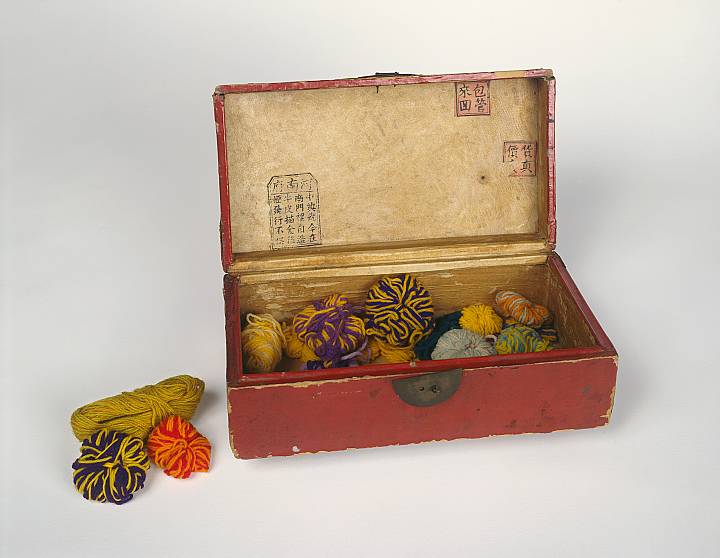
Van Gogh tried out colour combinations with balls of wool before starting to paint. He almost certainly used the yellow-and-ochre ball for this still life.
Van Gogh's best-known ton-sur-ton still life is of course Sunflowers, which he would make eighteen months later. In most of his paintings, however, he used contrasting colours that enhanced each other's effect.
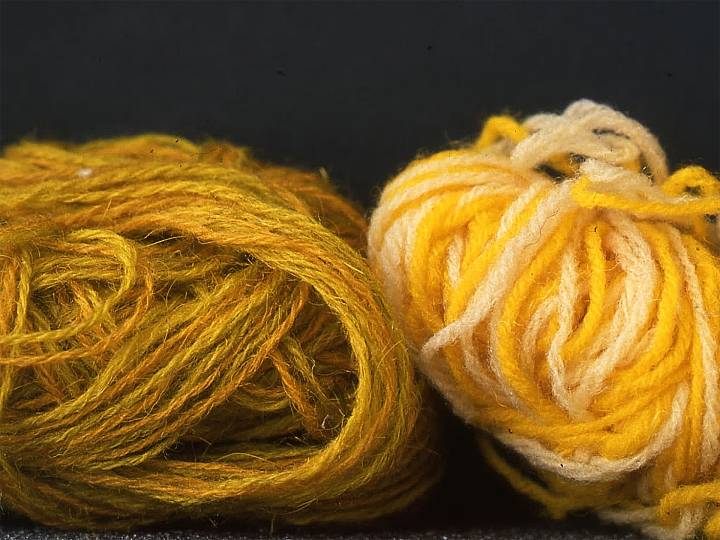
The yellow balls of wool that Van Gogh used to try out the colour effect for the painting Quinces.
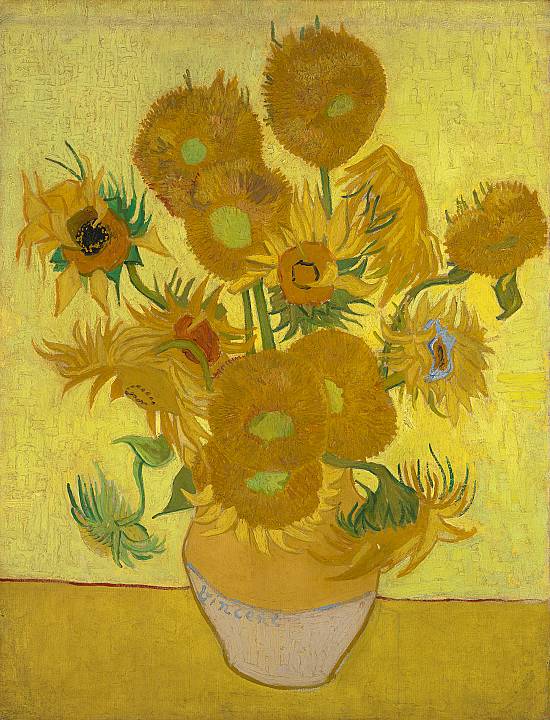
Sunflowers, 1889
oil on canvas
Van Gogh Museum, Amsterdam (Vincent van Gogh Foundation)
‘The sunflowers are progressing; there’s a new bouquet of 14 flowers on a green-yellow background, so it’s exactly the same effect — but in larger format, no. 30 canvas1 — as a still life of quinces and lemons that you already have’.
Letter to Theo van Gogh. Arles, on or about Sunday, 26 August 1888.
